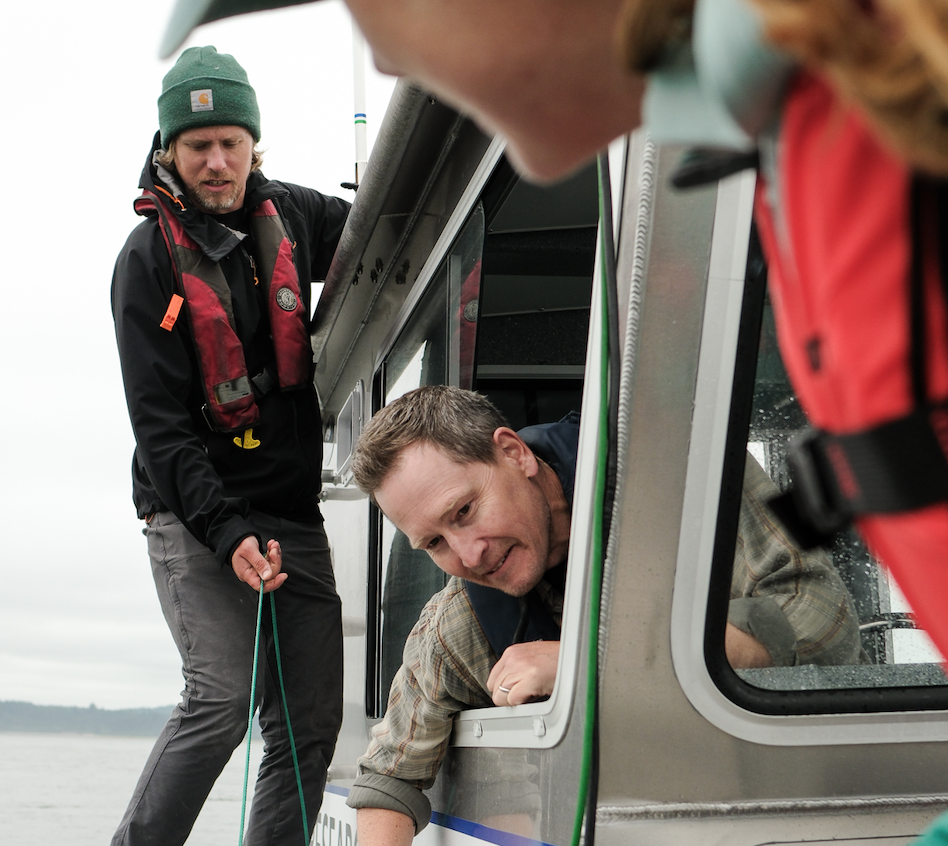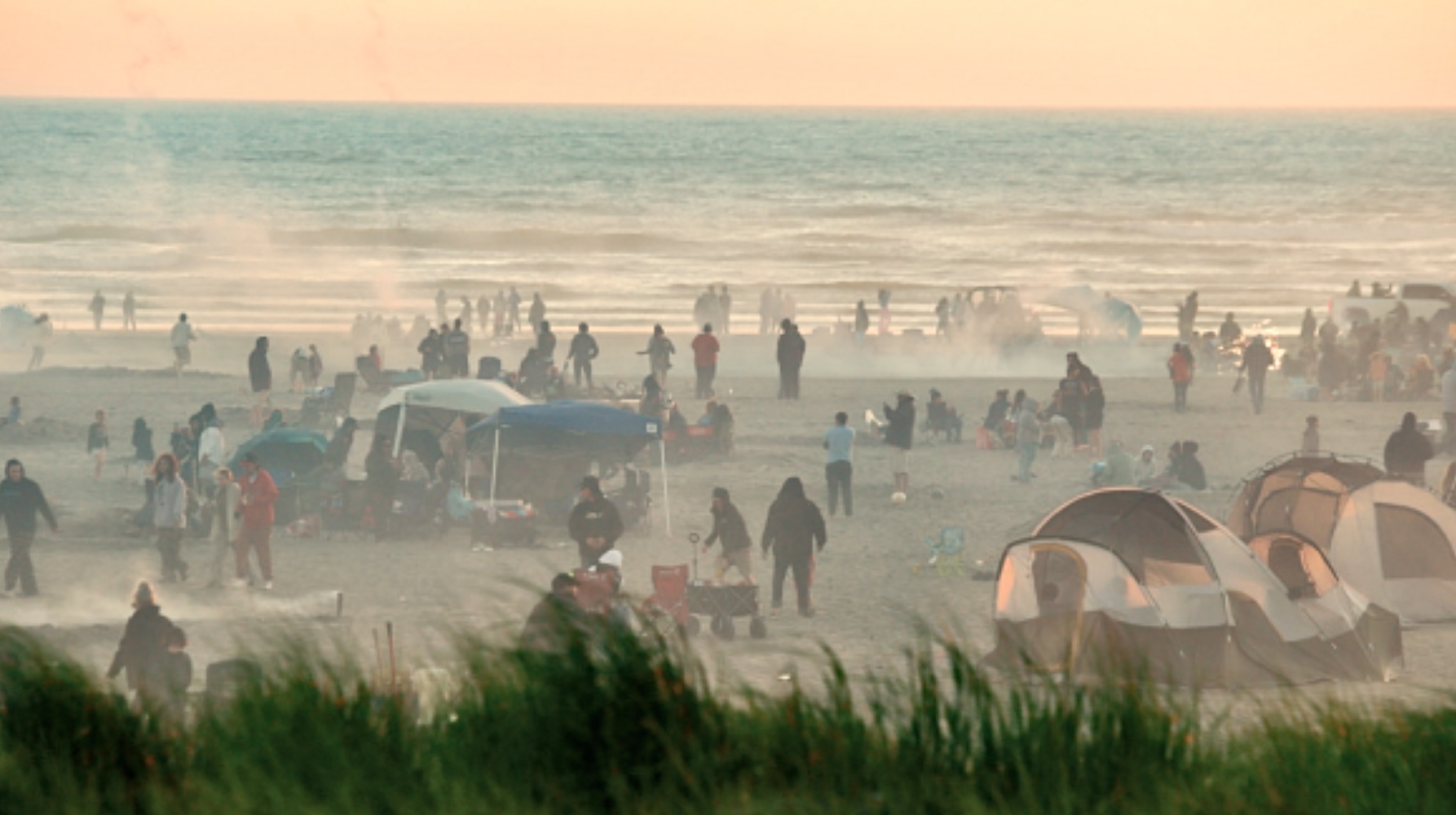Nature Notes: A day in the life
Published 4:00 pm Tuesday, February 25, 2003

- MARSHA SPARKS photo
For wildlife rehabilitators, the days start early and run long. Morning chores first, do the rounds and see how the various animals are doing, how they have fared for the last few hours and get them ready for their first feeding of the day.
Pens and holding boxes have to be cleaned and freshened, food prepared and water and food bowls replaced. Then check on the condition of animals nearing their release to the wild or perhaps others will have to be transferred to longer term care where they can receive special treatments, diets and therapy.
Some seabirds are very fragile and require very gentle, long-term care and quiet, warm conditions. Others, however, just need a few days or weeks of good food, some antibiotics and rest and they’re back to the wild.
The phones ring with every sort of emergency. From seagulls with blow darts stuck in them to pelicans trapped in a ball of monofiliment fishing line, or bats stuck in a house to a baby hummingbird on the ground.
Calls about hurt baby birds or orphaned baby wildlife are quite common, and we go out to rescue the ones that people are afraid to handle or just don’t quite know exactly what to do.
Weekends at the wildlife center are the busiest, as more people are here on the beaches and trails and that’s when they find hurt wildlife, and the phone sometimes just rings off the wall. On those few rare days when the calls for injured wildlife slow just a bit, we can get caught up, clean up, restock and emotionally regroup for the next wave of hurt critters that will come. This labor of love is all completely volunteer, and somewhere in these hectic days we have to go out and try to make a living. Fortunately the folks we work with are completely supportive of our wildlife efforts, and they allow us to juggle our work around the many wildlife rescues we face each week.
Sixteen-hour days are common and while that may not sound like much, most of this is time spent dealing with animals who are badly injured and require intense care and concern.
We go out to get a job or two done and then zip back to see how the patients are doing, feed them or give them their medications, clean up some more, and perhaps out to another rescue, then back in to stabilize them and off to a few more hours of work and so on and so forth, day in and day out.
There is considerable damage and injury done to wildlife here on the coast, but luckily we are able to repair much of the damage. Some animals simply don’t survive their injuries, but we are able to release back to the wild well over 80 percent of the wildlife coming in to the center. Every season is different. Some years gunshot wounds are rampant, and for most years, car hits on the beach are common. Many of the sick or injured wildlife we have rescued this past year have suffered from intestinal problems resulting from oceanic green algae blooms or the disrespectful dumping of oil-laden bilge water.
The science of wildlife rehabilitation has grown by leaps and bounds in the last few years, and combined with the communication and information on the internet, we are able to save animals which would have been lost just a few years back.
FACT: The very best people in the world still drive down our street and pull up at the wildlife center. In their hands, wrapped in a tiny towel, might be a shivering, scared, injured seabird, or baby duck, or a songbird, or a tiny raccoon. These people are most anxious to find help for these hurt and scared animals. We are glad to help, and glad that we can help.
We always spend a few moments with these concerned folks explaining the procedures and treatment for their newfound wild patients. Exhausted and relieved, these folks drive away knowing that someone in the world cares enough to speak out for those who cannot speak for themselves and to defend those who cannot defend themselves. A life’s work and a joy of the heart.
Check out our new weekly wildlife/habitat Quicktime Mini-Movie on the web at: http://home.pacifier.com/~sparks/ wildlife!!.html
Craig Sparks is director of NAWA, a filmmaker, freelance writer and a thick-skinned wildlife rehabilitator.









